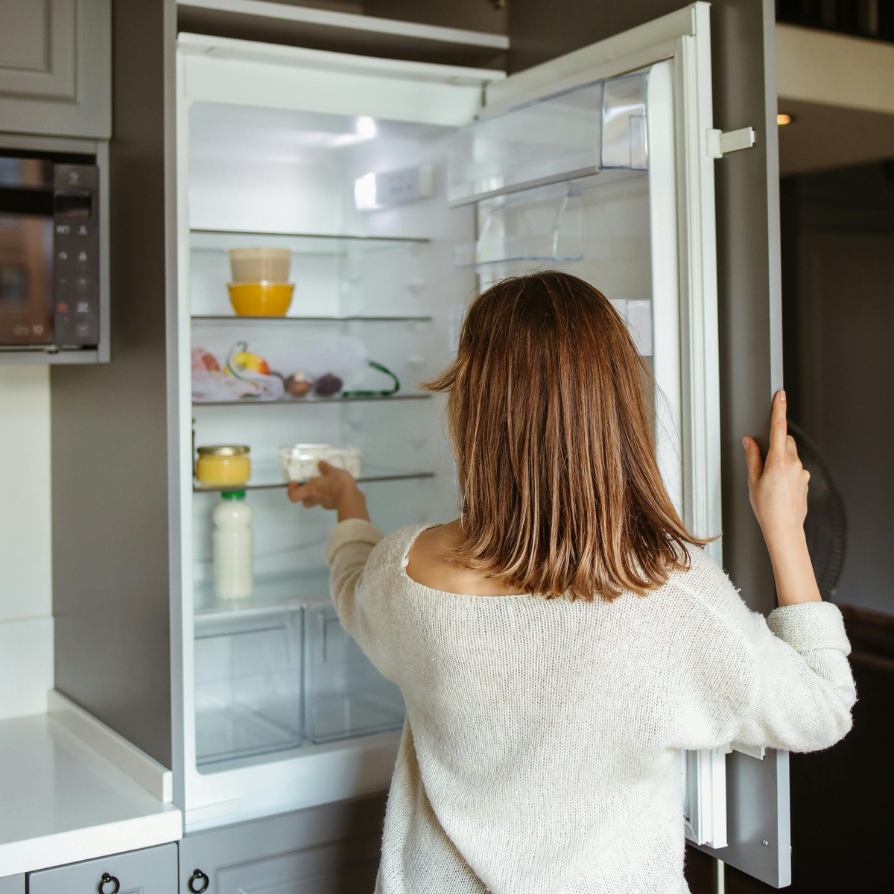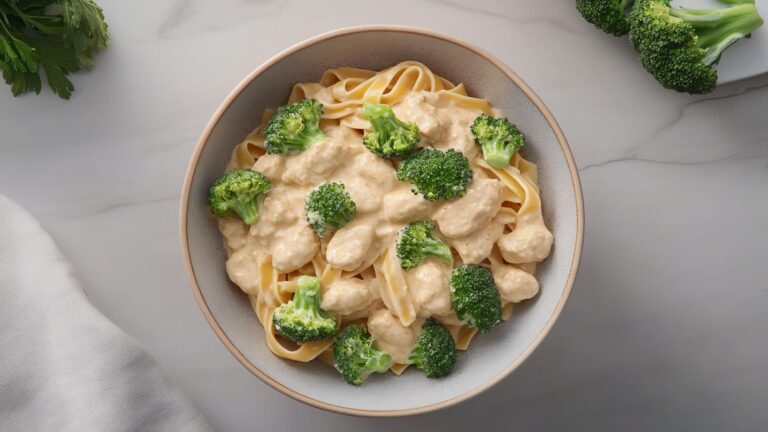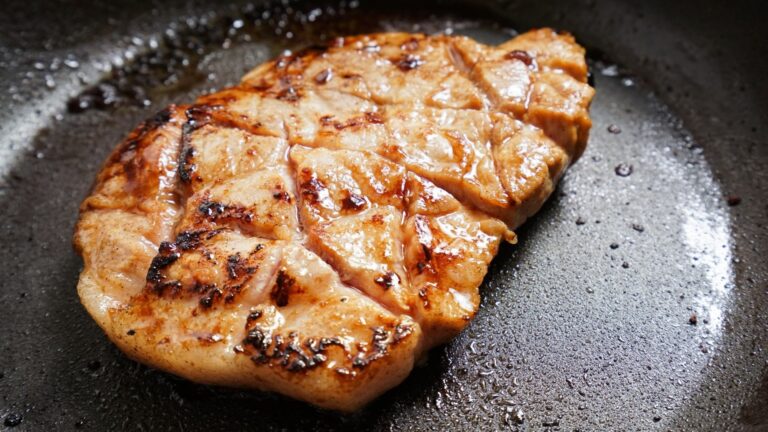The question of how long is pasta salad good for in the fridge comes up in nearly every household that prepares this dish in advance. Pasta salad is one of those versatile recipes that fit into so many occasions.
Families prepare it for picnics, parties, or simply as a quick meal to scoop out during the week. The problem arises when the bowl sits in the refrigerator and you begin to wonder whether it is still safe to eat or if it has already lost its freshness.
Knowing the right storage period does not only protect taste but also safeguards your health. Let us break down how long pasta salad truly lasts in the fridge and what factors can shorten or extend that time.
General Shelf Life of Pasta Salad
On average, the shelf life of pasta salad in the fridge ranges between three and five days. The exact period depends on how the salad is prepared and what ingredients it contains.
A pasta salad mixed with mayonnaise or sour cream has a shorter life because dairy-based dressings spoil faster once exposed to air. On the other hand, pasta salad made with oil and vinegar often lasts closer to five days since acidic dressings naturally slow down bacterial growth.
Store-bought pasta salad sometimes holds up a little longer because preservatives are added to keep the dish fresh. Homemade versions usually rely only on the freshness of ingredients and refrigeration.
Regardless of where it comes from, the salad should be placed in the fridge within two hours of preparation. Leaving it out longer allows bacteria to multiply quickly and that can cut the safe storage window even shorter. In simple terms, proper handling makes all the difference in extending pasta salad shelf life.
Another Good Read: 15 Smart Kitchen Design Ideas for Small Spaces
Factors That Affect Freshness
Ingredients
The shelf life of pasta salad in the fridge is influenced by several factors, starting with the ingredients. Salads with chicken, ham, or seafood spoil faster because proteins are highly perishable. Vegetables such as cucumbers or tomatoes release water into the pasta over time, which makes the dish watery and less appetizing.
Dressing Type
The dressing also plays a major role. Creamy dressings based on mayonnaise or yogurt invite quicker spoilage compared to oil-based ones that resist bacterial growth longer.
Storage Conditions
Another point that matters is how the salad is stored. An airtight container slows down exposure to air and moisture, both of which encourage mold and bacteria. If the salad is left uncovered or loosely wrapped, freshness disappears much sooner.
Cross Contamination
Cross-contamination is another overlooked issue. If the salad has been placed on a buffet table and several people have scooped from it, the risk of bacteria entering the container rises. Once that happens, even refrigeration cannot guarantee the same level of food safety. All these details show why pasta salad food safety depends on more than just counting the days on the calendar.
How to Properly Store Pasta Salad
The best way to store pasta salad in the fridge is to use airtight glass containers or high-quality BPA-free plastic ones. These prevent air and odors from seeping in, which keeps the salad fresher for longer.
Another important detail is refrigerator temperature. The fridge must remain at or below 40°F (4°C) because bacteria multiply quickly at higher temperatures.
If you want to extend freshness even more, consider storing the pasta and dressing separately. This way, the pasta does not soak up excess liquid that could lead to mushiness. You can simply mix the two together right before serving.
Some people ask whether freezing pasta salad is a good option. In reality, freezing changes the texture of both pasta and vegetables, leaving them soft and watery once thawed. For that reason, freezing pasta salad is not generally recommended, especially if it contains dairy.
Sticking with careful refrigeration remains the best method for keeping pasta salad in fridge conditions that preserve its flavor and safety.
Signs That Pasta Salad Has Gone Bad
- Sour smell or unusual odor: No matter how well you store it, pasta salad does not last forever. Recognizing the signs of spoilage is essential. A sour or unusual odor is usually the first warning that bacteria are active. If the salad smells off, it is best not to taste it at all.
- Slimy texture or excess liquid: Texture is another clue. Fresh pasta salad feels firm, while spoiled salad often develops a slimy surface or excess liquid pooling at the bottom of the container.
- Visible mold or discoloration: Visible mold, even a small spot, means the entire dish must be discarded immediately. Discoloration also signals that the ingredients have broken down beyond safe consumption.
- Off taste: Finally, if the salad tastes strange or unpleasant, it is better to throw it away rather than risk illness. Knowing how to tell if pasta salad is bad helps you avoid spoiled pasta salad signs that could lead to foodborne sickness.
Food Safety Guidelines
Food safety experts, including the USDA, recommend that perishable foods like pasta salad stay refrigerated and are consumed within a short window. Leaving the salad at room temperature for more than two hours raises the risk of harmful bacteria such as Salmonella and Listeria.
Even if you reheat spoiled pasta salad, that does not guarantee safety because toxins may remain. Following refrigerator guidelines ensures that you enjoy your dish without worry.
Always remember that the quality of ingredients, combined with proper cooling, determines whether pasta salad remains safe to eat for its full shelf life. Treating it with the same care as any other perishable food keeps your household protected.
Tips to Keep Pasta Salad Fresh Longer
- You can take a few simple steps to maximize freshness. One is to chill ingredients before mixing them. Cold pasta and vegetables reduce the risk of bacterial growth during preparation.
- Another is to toss the salad with dressing right before serving rather than in advance. This prevents sogginess and extends the time it stays appetizing in the fridge.
- At outdoor gatherings, keep serving bowls on ice so that the salad remains cold even when left out.
- Storing smaller portions in separate containers also helps because each container is exposed less frequently to air and utensils.
These pasta salad storage hacks not only keep the salad fresh but also ensure that every serving tastes as good as the first.
Wrapping Up…
So, how long is pasta salad good for in the fridge? The safe window usually ranges from three to five days, depending on ingredients, dressing, and storage methods. By paying attention to refrigeration, airtight containers, and freshness cues, you ensure both taste and safety. Pasta salad does not require complicated storage, only thoughtful handling. With these practices, you can enjoy a dish that remains flavorful while avoiding the risks of spoilage. Keep these tips in mind the next time you prepare pasta salad so that every bite feels fresh and safe from the very first day until the last.






1 thought on “How long is Pasta Salad Good For In the Fridge?”
Pingback: How to Prepare Taco Meat – Step-by-Step Guide - Intell Cook